THE FIELD GUIDE TOPEPPERSDave DeWitt & Janie LamsonTIMBER PRESS
PORTLAND, OREGON Copyright 2015 by Dave DeWitt and Janie Lamson. All rights reserved. Published in 2015 by Timber Press, Inc. All photos by Janie Lamson except those on pages 20, 212, 226, and 280 by Dave DeWitt, and on page 290 by Mircea Dobre. Title page illustration by Walther Mller and Carl Friedrich (C. F.) Schmidt from Khlers Medizinal-Pflanzen Atlas, 1887.
Gera, Germany. Biodiversity Heritage Library. The Haseltine Building 133 S.W. Second Avenue, Suite 450 Portland, Oregon 972043527 timberpress.com Cover design by Briar Levit eISBN 978-1-60469-748-3 Library of Congress Cataloging-in-Publication Data is available. A catalog record for this book is also available from the British Library. ContentsPrefaceMy interest in chile peppers is directly related to a goal I set in 1975, after moving from Richmond, VA, to Albuquerque, NM, to start my writing career.
The move led to a radical change in my garden and in my diet as I began to grow and eat chile peppers on a regular basis, especially the New Mexican varieties. Within a year, I had totally adapted to a new lifestyle and was hooked on my new states official vegetable, but I wanted to learn more about capsicums and share that information with others, so thats just what I did. I began my career by writing magazine and newspaper articles, often about travel and food in New Mexico, and as I traveled around the state, I stopped at libraries and asked the librarians if they had a file on chile peppers; if they did, I asked to make a copy of it. More often than not they had one and then so did I. That was a modest beginning for a 40-year project that involved launching two magazines, founding a national trade show, building a huge website, and authoring or co-authoring almost 40 books on chile peppers and spicy foods. I had found my niche and Ive loved every moment of it.
The media even took to calling me the Pope of Peppers. I also had the opportunity to travel the world and experience chile peppers as they are used in a variety of world cuisines, from wine made solely from chiles in Australia to the scorching vindaloo in Mumbai and Nandos chicken in South Africa thats spiced with peri-peri peppers. Ive fallen for every cuisine Ive tasted, but Im always remained loyal to the New Mexican cuisine that got me started with this obsession. This book is the next step in organizing and presenting that knowledge. Taking into account the nomenclature, identification, and growth habits of hundreds of varieties of the most popular chiles grown in the United States, it has been a massive challenge. My first attempt at doing this was in 1996, when Paul W.
Bosland and I wrote Peppers of the World: An Identification Guide. For that book we grew out hundreds of varieties of peppers from the USDA seed banks, photographed them, and organized them into a fairly useful guide with one significant drawback: most of the varieties had a USDA number but no cultivar name. Fortunately for chileheads, there was another person out there doing the hands-on, basic research necessary for a book like this: Janie Lamson of Cross Country Nurseries in New Jersey. It was Janie and her staff who germinated and grew out all of the most popular garden peppers, all the while assembling the data on plant and pod sizes, colors, and growing habits. All of the 400 varieties selected for this book do have names, and Janie offers the live plants that you can purchase for your own garden from her nursery. Dave DeWitt, the Pope of PeppersMy love of plants began when I was a child.
From playing in my mothers beautiful flower gardens to hiking deep into the woods with my father, I just loved the outdoors and all the beautiful plants that I found there. Working with and being surrounded by nature was first my hobby and then my vocation. When my family relocated in 1984, I began building a small nursery on a 6-acre field in the front of the property. Within a year, Cross Country Nurseries was born, growing perennials, ornamental grasses, and ferns, mostly for the landscape trade. In 1993, we grew out nine varieties of chiles. They were easy to grow and I was intrigued by the beautiful fruits the plants produced.
In 1994, while waiting in long lines to get into an exhibit about peppers at the Philadelphia Flower Show, I overheard many people passionately talking about peppers. Hmmm, I thought. There may be something to these peppers. For fun, more chile varieties were added each year, reaching 84 varieties by 1996, which were sold alongside the perennials. Then the phone calls started. I hear you have chile plants.
Do you ship? We didnt, and knew that the hardest part of expansion would be designing a shipping container. After many prototypes, we developed a solution that got plants to their destination in perfect condition, even after being sent upside down! In 1997, we began shipping 101 varieties of hot chile plants by mail order. Happy customers began calling me the Chile Goddess. My first digital camera arrived in 1998, and one of the first photos taken was of the chile variety Aurora. I was hooked. The wide diversity of colors, shapes, and sizes fascinated me, and I began photographing all of the varieties.
In 1999, my first photos appeared on our website, ChilePlants.com, which now also included sweet peppers. In 2000, we discontinued perennials to instead focus solely on peppers. By 2005, we were also shipping tomato plants and in 2008, eggplants. ChilePlants.com, working out of 12 greenhouses, currently offers 500 varieties of chiles and sweet pepper plants, 180 varieties of tomatoes, and 65 eggplant varieties. We grow from seeds both purchased commercially and saved on site. We are especially interested in keeping strains from becoming extinct, and love reuniting folks with long-lost favorites.
Each year we trial new varieties, looking for strong growers and good producers. Plants are grown on a diet of fish emulsion and seaweed, with beneficial insects for pest control. From April through mid-June, we fill a tractor-trailer weekly with plant orders shipped throughout the United States, and our walk-in nursery is open from mid-April through May. In September, we offer fresh chiles by mail orderfreshly picked, delicious fruits shipped right to the customers doors. Peppers continue to fascinate me, and after working with them for so many years I have come to know them well. A day in the fields with my camera is a day crouching among pepper plants, getting up close and personal, trying to capture their beautiful essence.
I hope that my passion for peppers will come across through this guide and will inspire you on your own journey to explore and discover these amazing fruits. Janie Lamson, the Chile Goddess A Brief Guide to GrowingBecause there is such a wide number of pepper varieties available to the home gardener, choosing the best varieties for your garden is easy. Seed companies and state college experiment stations devote tremendous effort to the development of disease-resistant, highly productive varieties that are tailor-made for different climactic conditions. Some of these new varieties may be better than the ones gardeners traditionally grow. In our experience, you can grow almost all varieties anywhere, but some will produce better than others. Gardeners often purchase pepper seed without knowing if the variety is adapted to local climactic conditions.
A Brief Guide to GrowingBecause there is such a wide number of pepper varieties available to the home gardener, choosing the best varieties for your garden is easy. Seed companies and state college experiment stations devote tremendous effort to the development of disease-resistant, highly productive varieties that are tailor-made for different climactic conditions. Some of these new varieties may be better than the ones gardeners traditionally grow. In our experience, you can grow almost all varieties anywhere, but some will produce better than others. Gardeners often purchase pepper seed without knowing if the variety is adapted to local climactic conditions.
For example, the New Mexican varieties grow well in the hot, dry Southwest but may not produce as well in more moderate northern regions (though we grow them without much trouble in New Jersey). Conversely, bells and habaneros do not grow as well in the Southwest as they do in other regions. The best approach is to simply learn from experience. To decide which varieties to plant, consult your gardening neighbors, a local gardening club, or the county agricultural or extension agent. When reading the variety description on the seed packet or in the catalog, look for the qualities that are most important for success, such as growing period, yield, disease resistance, and recommendations for climactic zones. Some varieties are best suited for pickling, some for drying, some for fresh use, and some for processing and freezing.
Next page
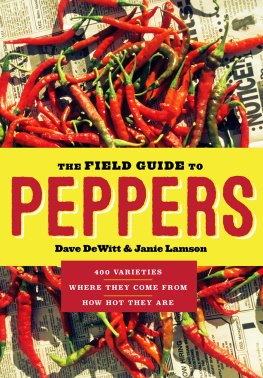

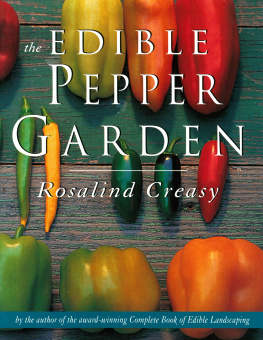
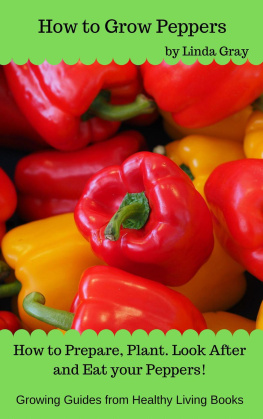
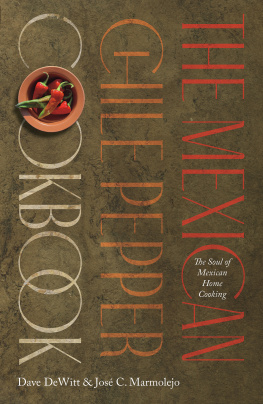
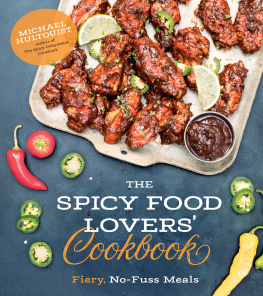
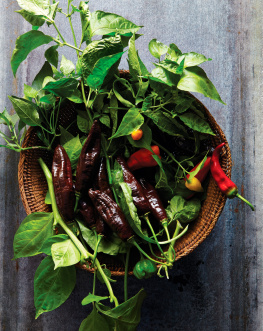
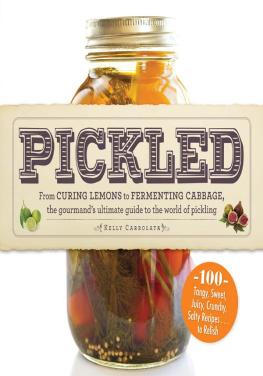
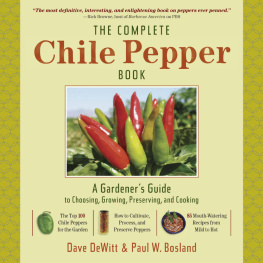



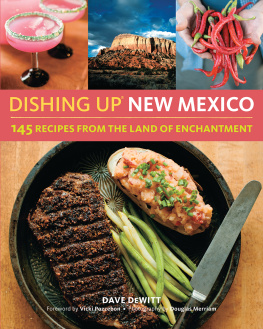
 A Brief Guide to GrowingBecause there is such a wide number of pepper varieties available to the home gardener, choosing the best varieties for your garden is easy. Seed companies and state college experiment stations devote tremendous effort to the development of disease-resistant, highly productive varieties that are tailor-made for different climactic conditions. Some of these new varieties may be better than the ones gardeners traditionally grow. In our experience, you can grow almost all varieties anywhere, but some will produce better than others. Gardeners often purchase pepper seed without knowing if the variety is adapted to local climactic conditions.
A Brief Guide to GrowingBecause there is such a wide number of pepper varieties available to the home gardener, choosing the best varieties for your garden is easy. Seed companies and state college experiment stations devote tremendous effort to the development of disease-resistant, highly productive varieties that are tailor-made for different climactic conditions. Some of these new varieties may be better than the ones gardeners traditionally grow. In our experience, you can grow almost all varieties anywhere, but some will produce better than others. Gardeners often purchase pepper seed without knowing if the variety is adapted to local climactic conditions.